Safe Mode in Windows 11 allows you to start your computer with a minimal set of drivers and services, which can be helpful for troubleshooting problems. However, if you find yourself unable to exit Safe Mode, it can hinder your ability to use your PC normally. Here are some methods to help you exit Safe Mode and return to the full functionality of Windows 11.
Use System Configuration to Exit Safe Mode
One of the most straightforward ways to leave Safe Mode is by adjusting the System Configuration settings.
Step 1: Press Windows + R on your keyboard to open the Run dialog box. Type msconfig and press Enter to launch the System Configuration window.

Step 2: In the System Configuration window, ensure you're on the General tab. Select the radio button next to Normal startup to enable it.

Step 3: Navigate to the Boot tab. Under the Boot options section, uncheck the box next to Safe boot to disable it. Click on Apply to save your changes, then click OK to close the window. A prompt will appear on your screen.

Step 4: In the prompt, click on Restart to reboot your computer immediately. If you wish to restart later, choose Exit without restart.

After your PC restarts, it should boot into normal mode with all standard services and applications running.
Edit Boot Configuration Using Command Prompt
If the System Configuration method doesn't work, you can use the Command Prompt to modify your boot settings and exit Safe Mode.
Step 1: Open the Start Menu and type Terminal in the search bar. Right-click on the Terminal app and select Run as administrator to open it with administrative privileges.
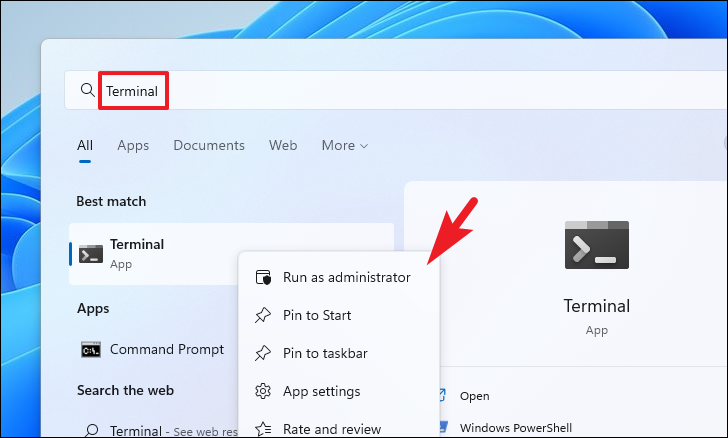
Step 2: If prompted by the User Account Control (UAC), click Yes to allow the app to make changes.
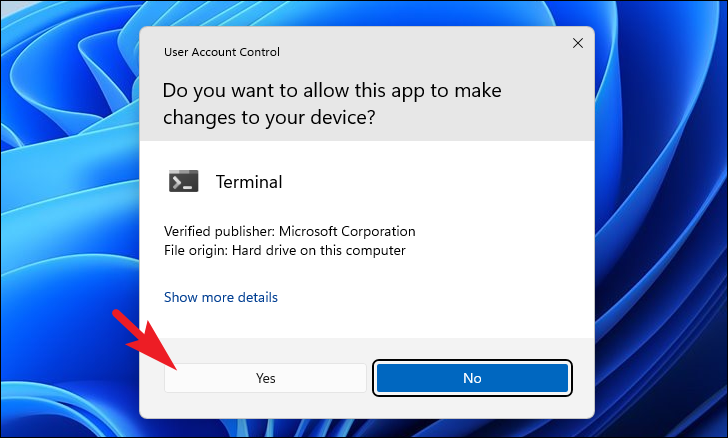
Step 3: In the Terminal window, click the downward arrow icon at the top and select Command Prompt from the dropdown menu. Alternatively, you can press Ctrl + Shift + 2 to open Command Prompt.

Step 4: In the Command Prompt window, type or paste the following command and press Enter:
bcdedit /deletevalue {current} safebootThis command removes the Safe Boot option from your boot configuration data.

Step 5: After the command executes successfully, type the following command and press Enter to restart your computer:
shutdown /r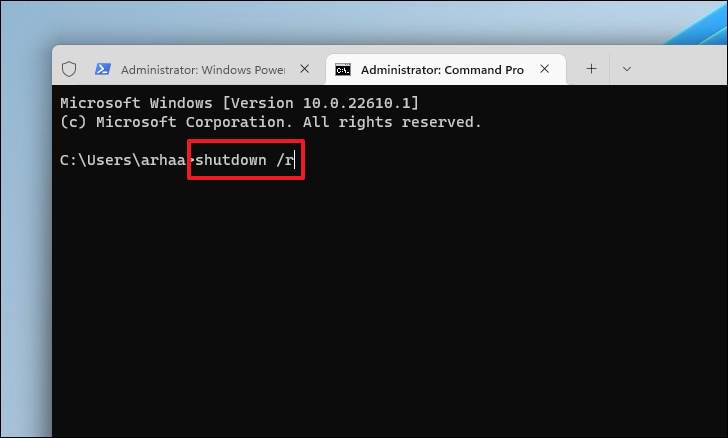
Your PC will restart and should boot into normal mode.
Use Advanced Startup Settings
If the previous methods do not resolve the issue, you can use the Advanced Startup options to exit Safe Mode through the Windows Recovery Environment.
Step 1: Open the Start Menu and click on the Settings icon. Alternatively, you can press Windows + I to open Settings directly.
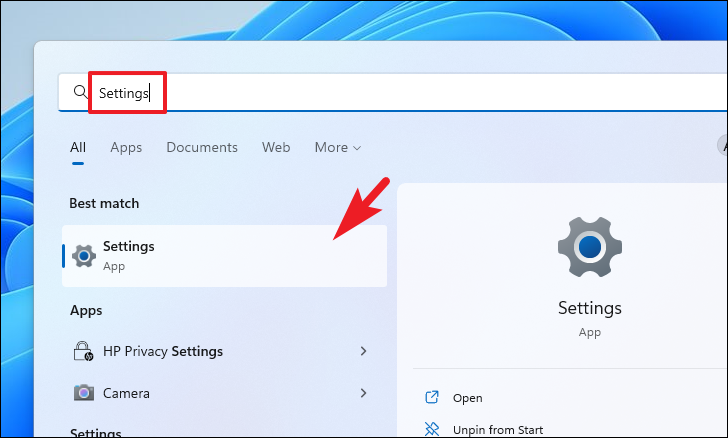
Step 2: In the Settings window, select the System tab from the left sidebar.

Step 3: Scroll down on the right pane and click on Recovery.

Step 4: Under the Recovery options section, click on the Restart now button next to Advanced startup. This will restart your PC into the Advanced Startup menu.

Step 5: After your PC restarts, you'll see the Choose an option screen. Click on Troubleshoot.

Step 6: In the Troubleshoot menu, select Advanced options.

Step 7: Choose Startup Settings from the list of options.
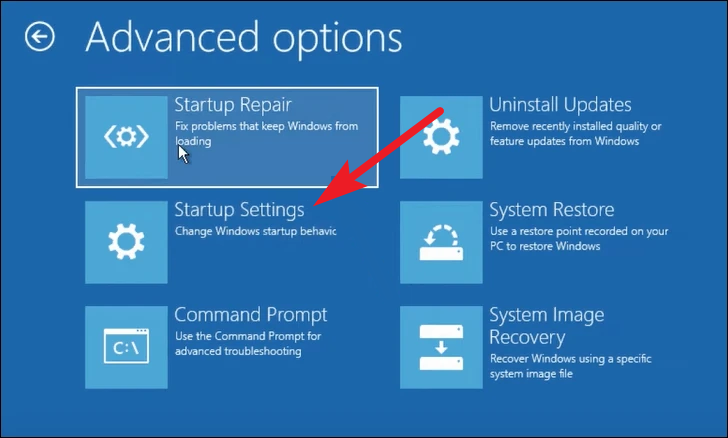
Step 8: Click on Restart to proceed to the Startup Settings menu.
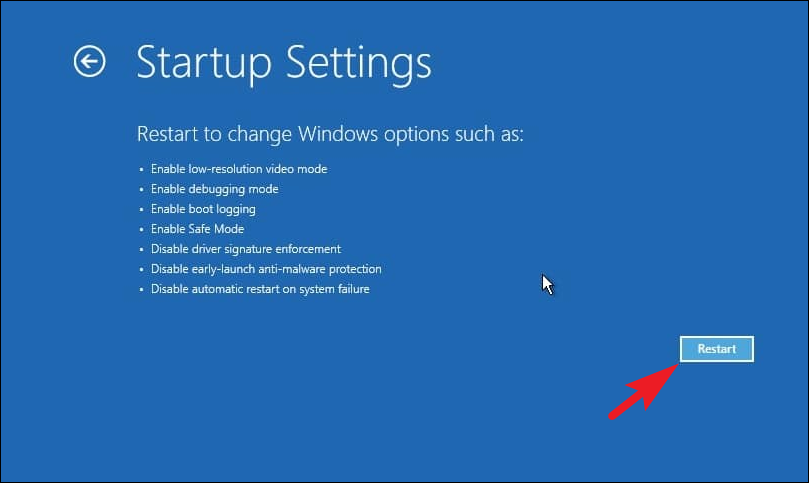
Step 9: After your PC restarts, you'll see a list of startup options. Press Enter to continue and boot into normal mode.
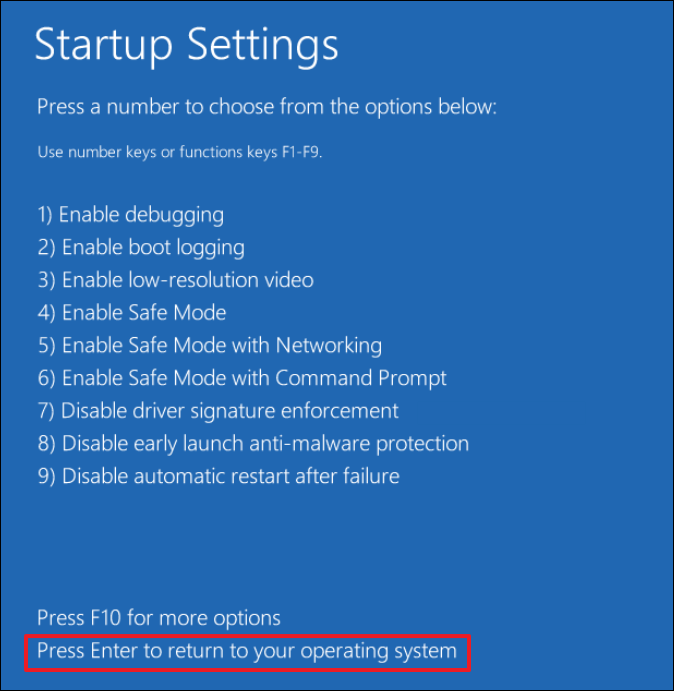
Your computer will restart once more and should now load Windows 11 in normal mode.
By following these methods, you can successfully exit Safe Mode and restore your Windows 11 PC to its full functionality with all features and services enabled.









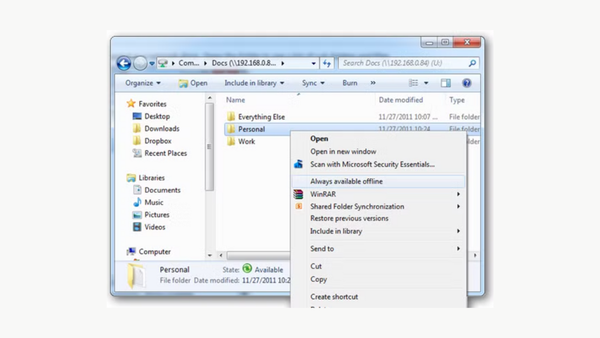

Member discussion